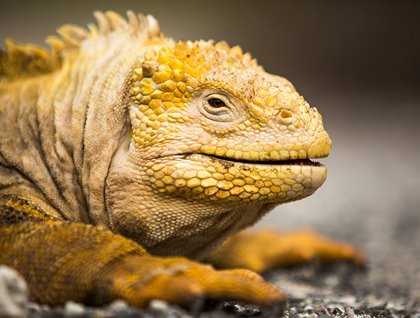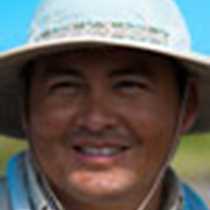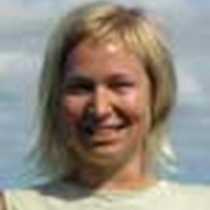Another exciting day in the galapagos started on Isabela Island. This is the largest island of the Galápagos Archipelago with an area of 4,640 square kilometers (1,790 sq. mi). This island was named in honor of Queen Isabella of Spain, who sponsored the voyage of Columbus. Isabela is located on the western edge of the archipelago near the Galápagos hotspot. Geologically speaking, the island is relatively young and formed by the merger of six shield volcanoes about 600,000 years ago.
The morning outing took place at Urvina Bay, which is an uplifted area that occurred in 1952. During our walk we observed giant tortoises that were looking for new territories now that the introduced feral goats were eradicated from the northern volcanoes of Isabela. The flora is recovering and the reptiles and land iguanas are increasing their population. After three hours of much adventure we ended the morning on a black sand beach that is usually a green sea turtle nesting site. While almost everyone was enjoying the small breaking waves on the beach, suddenly a baby sea turtle emerged from the sand finding its way to the sea. What an astonishing sight for our guests!
The afternoon couldn’t be better; Zodiac riding, hiking, kayaking and snorkeling were very rewarding. Penguins and cormorants were perched on the rocks while pelicans were nesting on the low vegetation growing along the tuff shoreline of Tagus. New species of fish such as wrasses, nurse sharks and sea turtles were observed while snorkeling. Hikers also had a wonderful time walking along the rim of a tuff cone at Tagus Cove, the view worth every breath…









